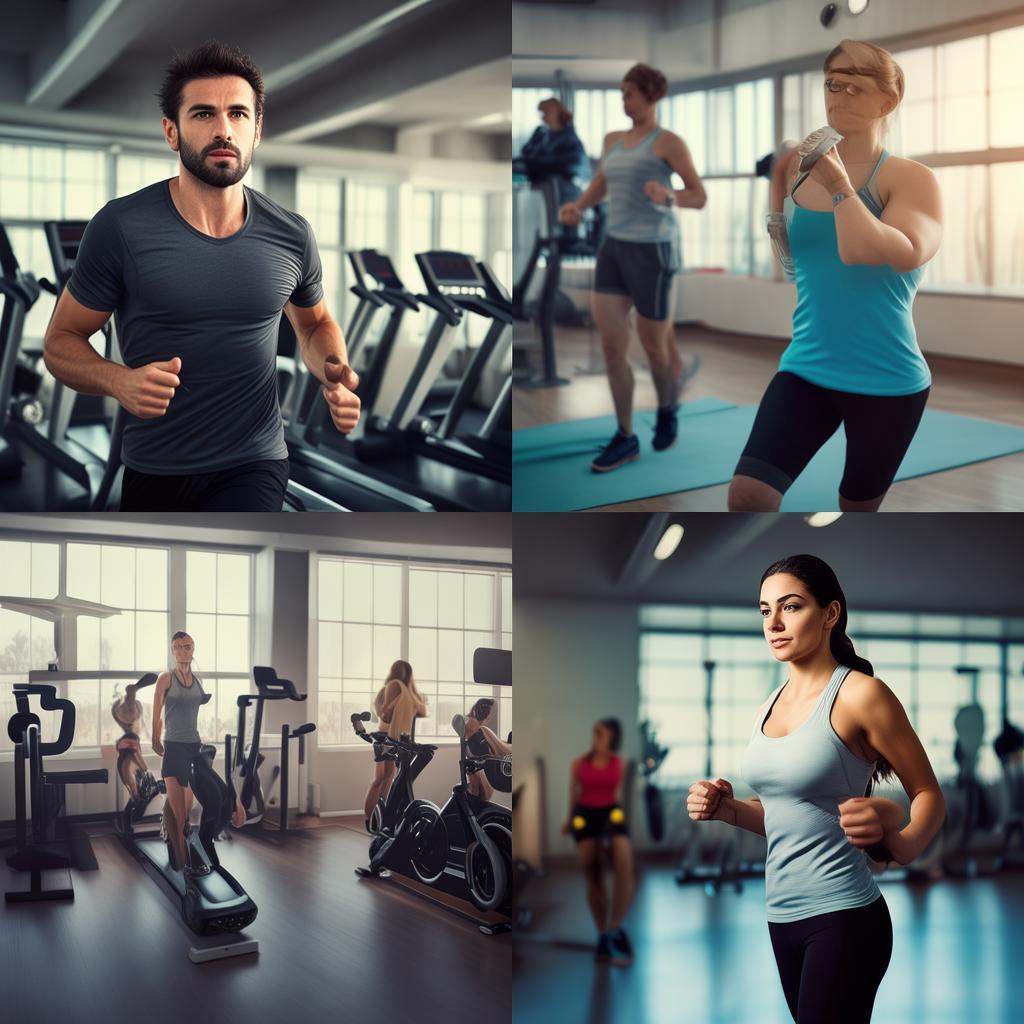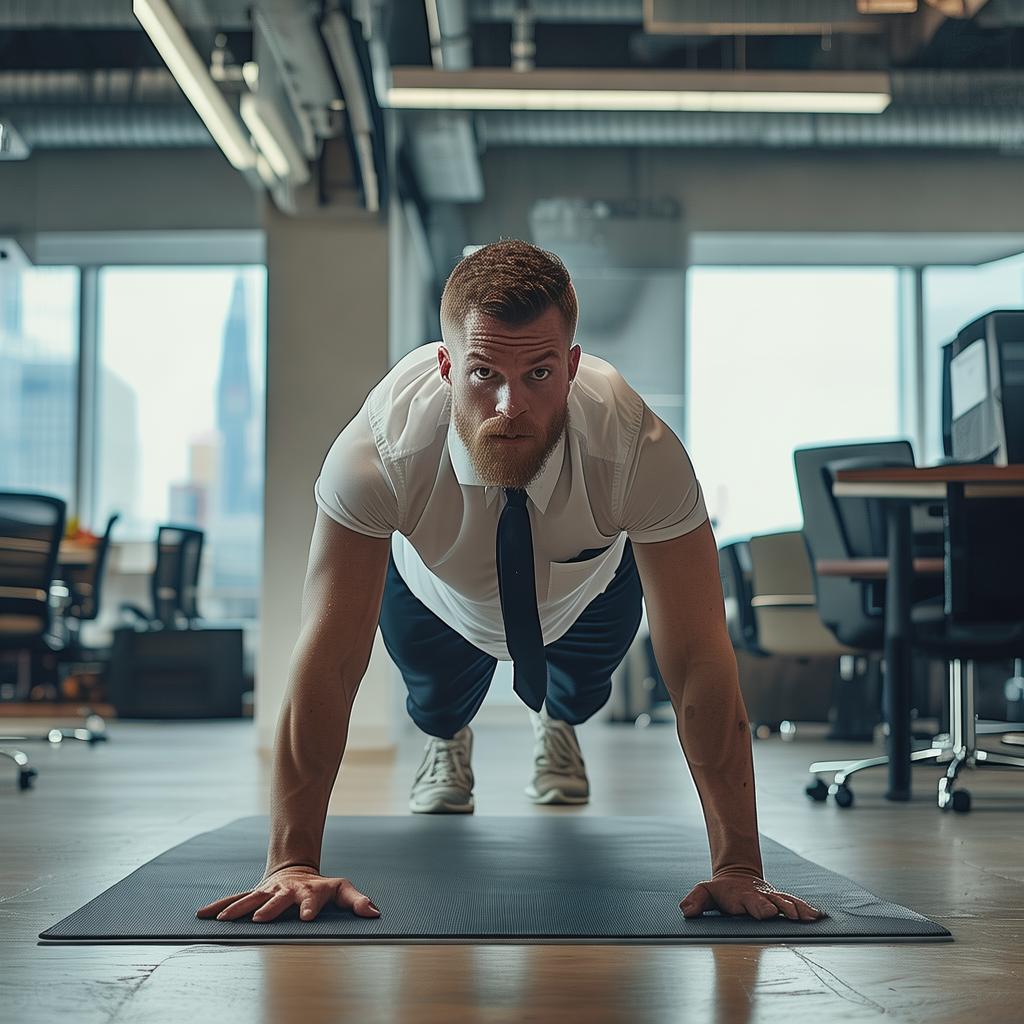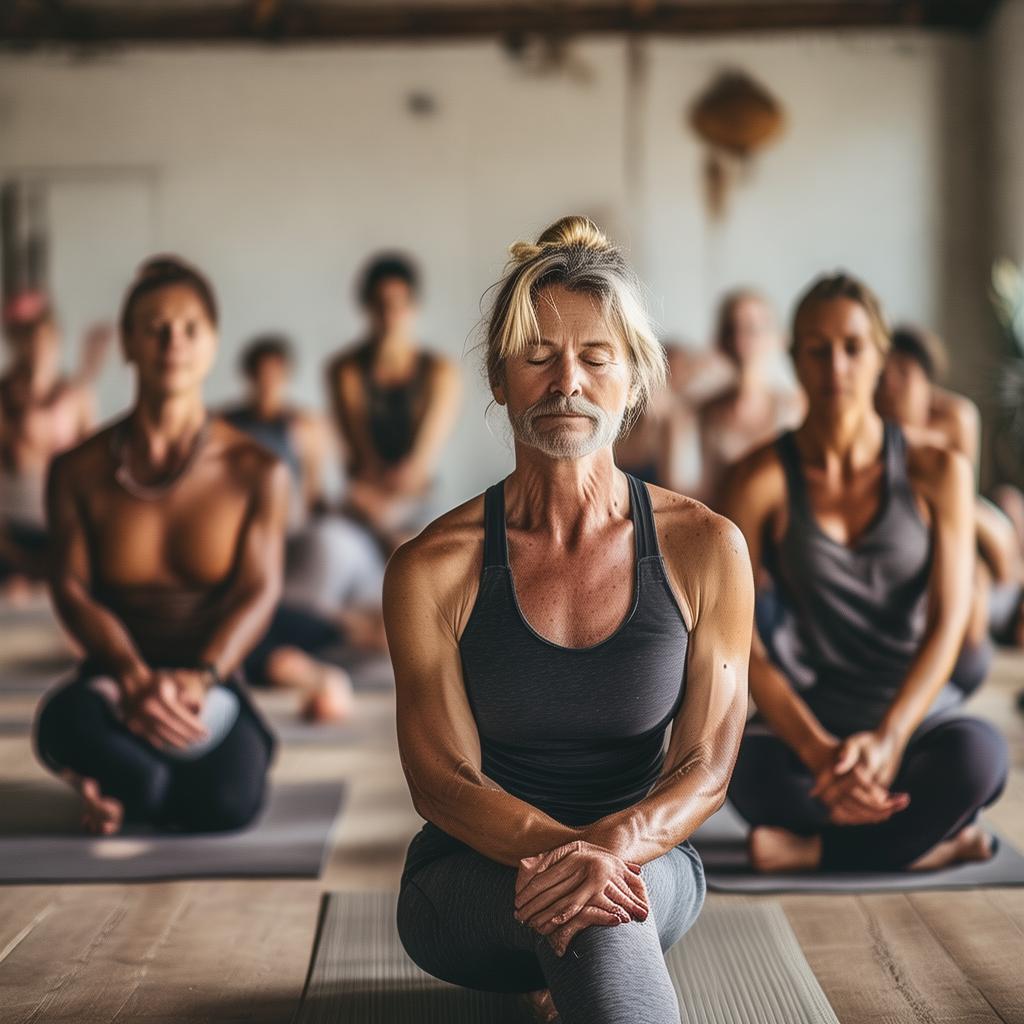The Significance of Squats in Fitness
On August 30, 2023, let’s delve into the world of squats. In the realm of sports and fitness, the deep squat is widely regarded as the king of movements. Even for those with limited knowledge of fitness, it’s a familiar exercise, often included in secondary – school physical education classes. Performing a standard squat can engage all the muscles in the body, and in regular training, it effectively targets the largest muscle groups.
The squat is an essential part of our daily training routine. Its benefits are undeniable. Primarily a hip and leg exercise, it involves muscles from all parts of the body, promoting muscle growth. Regular squats can enhance muscle mass, which in turn increases basal metabolism, aiding in more effective weight loss and whole – body fat burning. Deep squats also improve hip flexibility, balance, and stability, and have a positive impact on lower – body strength. Moreover, the deep squat is a convenient exercise that requires no equipment and can be done anywhere, anytime.
Key Points to Note When Squatting
When performing squats, there are several important points to keep in mind. First, keep the upper body as straight as possible and tighten the abdomen. When squatting, the hips should move backward, not downward. Avoid over – focusing on the knees and make sure they do not go past the toes. In fact, this is mainly to emphasize that the weight should be placed on the bottom of the foot to reduce knee pressure. Additionally, use your subjective awareness to control the squat speed and squat as slowly as possible.
Four Variations of Squats
Now that we understand the benefits of squats and the key points to note, let’s explore four squat variations that can target different parts of the body and add more enjoyment to your workout. It’s crucial to exercise according to your physical condition and not overexert yourself.
Movement 1: Front Squat
Stand with your feet shoulder – width apart. Extend your legs straight or bend your knees slightly. Keep your back straight and move your hips back until your knees are bent and your thighs are parallel to the ground. At the same time, raise your arms forward so that they are parallel to the ground and to each other.
Movement 2: Deep Squat Jump
Begin by maintaining a standard deep squat, with your thighs parallel to the ground and your calves perpendicular. Keep your upper body upright and lean slightly. Then, jump up, swing your arms freely with the jump, and return to the deep squat position when you land.
Movement 3: Gun Squat
The gun squat is more challenging than the single – leg squat. Extending one leg straight forward tests your flexibility, and if you can’t complete it, you can hold onto an object for support. Start by bringing your hands straight forward in a front plank, parallel to the ground. Then, extend one leg and support your body with only one leg. Do a squat until your thighs touch your calves, then slowly rise back to a standing position.
Movement 4: Goblet Squat
Hold a dumbbell with both hands in front of your body. Keep your body straight and your legs straight, with your legs shoulder – width apart. Squat backward at the hips until your thighs are perpendicular to your calves, maintaining upper – body stability, and then slowly rise. Holding the dumbbells with both hands reduces back tension and corrects excessive forward leaning of the body.
There are numerous deep – squat variations, and we’ve only introduced these four here. Always perform these movements within your capabilities and avoid blindly challenging difficult ones that could lead to physical injury. After all, all fitness activities should prioritize health. The squat is not just for hip and leg exercise; these four squat variations can help you shape a great body and build strength.





